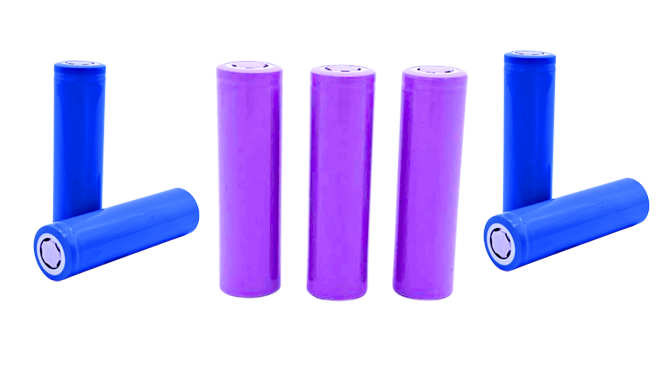Explosion proof requirements for
18650 lithium-ion batteries.
1. There are protective devices to prevent high battery temperature and battery damage;
2. When a single battery or battery pack is allowed to be charged inside a flameproof enclosure, the battery should be equipped with a protective circuit to prevent overcharging;
3. Faulty batteries and scrapped batteries must be isolated and disposed of in specialized treatment cabinets, and it is recommended to use explosion-proof sand buckets to handle accident batteries;
4. When charging lithium-ion batteries, it is necessary to set a voltage upper limit in order to simultaneously consider the battery's lifespan, capacity, and safety. The ideal upper limit of charging voltage is 4.2V;
5. When designing a lithium-ion battery system, it is necessary to provide two separate electronic protections for overcharging, overdischarging, and overcurrent. The protection board is the second protection. If the battery explodes after removing the protection board, it indicates poor design.

Explosion proof principle of lithium-ion batteries
When lithium metal is exposed to air, it will undergo intense oxidation reactions with oxygen and explode. In order to improve safety and voltage, materials such as graphite and lithium cobalt oxide are used to store lithium atoms. The molecular structure of these materials forms nanoscale small storage grids. Even if the battery shell ruptures and oxygen enters, the large oxygen molecules will prevent lithium atoms from coming into contact with oxygen and prevent explosions. The principle of lithium-ion batteries enables people to achieve high capacity density while also ensuring safety.
When lithium-ion batteries are charged, the lithium atoms in the positive electrode lose electrons and oxidize into lithium ions. The lithium ions then swim to the negative electrode through the electrolyte, enter the storage compartment of the negative electrode, and obtain an electron to be reduced to lithium atoms; The entire program is reversed during discharge. In order to prevent short circuits caused by direct contact between the positive and negative electrodes of the battery, a separator paper with numerous pores is added inside the battery to prevent short circuits. Good separator paper can also automatically close the pores when the battery temperature is too high, preventing lithium ions from passing through and preventing danger from occurring.
The protection of lithium-ion batteries should include three items: upper limit of charging voltage, lower limit of discharging voltage, and upper limit of current. Generally, lithium-ion battery packs have a protective plate in addition to the lithium-ion battery cells, which is important for providing these three protections. But these three protections of the protective board are obviously not enough. Global lithium-ion battery explosion incidents are still frequent, and to ensure the safety of the battery system, a more careful analysis of the causes of battery explosions is necessary.
Methods for preventing lithium-ion battery explosions
One is to start from the inside of the battery, and the other is external control. The internal protection method is to use PE or PP plastic material to make an isolation film to separate the positive and negative electrodes. When the battery overheats, the small pores of the isolation film will shrink, blocking the entry and exit of ions into the positive and negative electrodes; The external control law uses a power-off protection mechanism to reduce the risk of battery overheating. However, the SONY incident proved that both methods were ineffective, and the industry urgently needs new technologies to protect lithium-ion batteries.
The above are the explosion-proof requirements and principles of lithium-ion batteries. Lithium ion battery technology, as a mature technology that has been researched for over 30 years and successfully commercialized, has guaranteed safety. Legitimate brands of lithium-ion batteries undergo numerous testing procedures before leaving the factory, and there is also an information feedback mechanism after sale to facilitate timely recall of problematic products.


